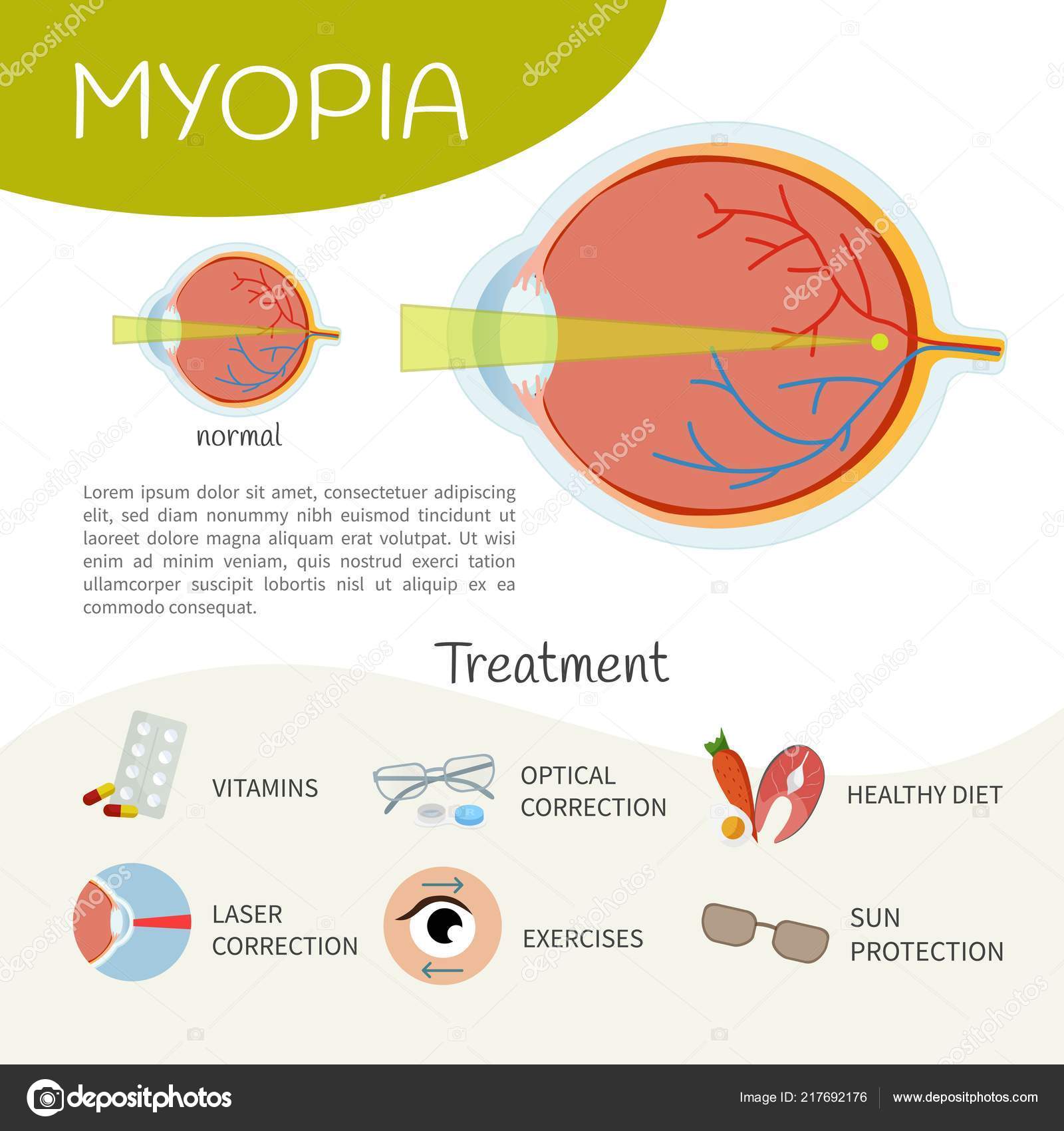An Evaluation Of Standard Cataract Surgical Procedure Versus Laser-Assisted Techniques: Advantages And Drawbacks
An Evaluation Of Standard Cataract Surgical Procedure Versus Laser-Assisted Techniques: Advantages And Drawbacks
Blog Article
Content Written By-Dalsgaard Lynn
When contemplating the selection between conventional cataract surgery and laser-assisted strategies, you may find yourself weighing the advantages and disadvantages each approach provides. The decision goes beyond the surface degree of cost and accuracy, diving into the world of long-term results and client satisfaction. As you navigate via the intricacies of these 2 approaches, it comes to be imperative to understand the nuanced information that can dramatically affect your visual clearness and total experience. Remain tuned to reveal the essential variables that will assist your decision-making process in this important facet of eye care.
Conventional Cataract Surgical Treatment Pros and Cons
When considering conventional cataract surgery, you might discover that it's a well-established and widely-used method. In this treatment, a specialist makes a little cut in the eye and makes use of ultrasound to separate the over cast lens prior to removing it. Once the cataract is gotten rid of, a synthetic lens is put to bring back clear vision.
One of the main advantages of standard cataract surgical procedure is its track record of success. Many people have had their vision considerably boosted with this procedure. Additionally, typical surgical procedure is usually covered by insurance policy, making it a more obtainable alternative for several individuals.
Nevertheless, there are some disadvantages to typical cataract surgical treatment too. Recuperation time can be much longer contrasted to more recent strategies, and there's a slightly greater risk of difficulties such as infection or swelling. Some clients might additionally experience astigmatism or require reading glasses post-surgery.
Laser-Assisted Techniques Pros and Cons
Checking out laser-assisted techniques for cataract surgical procedure reveals a contemporary strategy that utilizes laser technology to carry out key action in the procedure. Among the key benefits of laser-assisted cataract surgical procedure is its precision. The laser allows for very precise lacerations, which can result in better aesthetic end results. Furthermore, the use of lasers can minimize the quantity of ultrasound power required throughout the surgical treatment, possibly reducing the risk of problems such as corneal damages.
On the drawback, laser-assisted methods can be a lot more costly compared to traditional techniques. This cost mightn't be covered by insurance coverage, making it less available to some individuals.
An additional factor to consider is that not all cataract cosmetic surgeons are trained in laser technology, which can limit your options for picking a doctor.
Last but not least, while the laser can automate particular facets of the procedure, the surgical treatment still requires a proficient doctor to make sure effective results.
Relative Evaluation of Both Approaches
For a detailed understanding of cataract surgical procedure techniques, it's important to carry out a comparative analysis of both typical and laser-assisted techniques.
Typical cataract surgical procedure includes hands-on lacerations and making use of handheld devices to separate and remove the cloudy lens.
On the other hand, laser-assisted cataract surgical procedure utilizes sophisticated technology to create accurate incisions and separate the cataract with laser power prior to removing it.
In Optometrist Vs Ophthalmologist to accuracy, laser-assisted techniques use a greater degree of precision compared to conventional techniques. The use of lasers enables customization of the procedure based on each patient's eye anatomy, potentially causing much better aesthetic outcomes.
Nonetheless, simply click the following webpage -assisted cataract surgical treatment has a tendency to be more expensive than conventional surgical procedure, which may restrict accessibility for some patients.
While both methods are effective in restoring vision impaired by cataracts, the choice in between standard and laser-assisted techniques typically depends upon variables such as price, accuracy, and specific patient demands.
Consulting with your ophthalmologist can help establish the most appropriate approach for your cataract surgical treatment.
Final thought
To conclude, when making a decision in between standard cataract surgical procedure and laser-assisted strategies, consider factors like cost, precision, and specific needs. Standard surgical treatment offers a proven track record and insurance policy protection yet may come with longer recovery times. Laser-assisted techniques provide greater precision and personalization however can be extra expensive and not constantly covered by insurance. Ultimately, the selection in between the two techniques relies on what is crucial to you and your particular circumstance.
